Written by Ljiljana Maletin Vojvodić //
My recent stay in Dubrovnik took me back to the 80s, to family vacations in Kupari, during the time of the former Yugoslavia. I don’t recall the exact route we took to the sea back then; all I know is that we traveled in a Yugo. However, I still remember exams on Dubrovnik literature — the Dubrovnik Renaissance, „Dundo Maroje,“ „Tirena,“ „Novele od Stanca,“ Dubrovnik Petrarchists — which transformed this city from a tourist destination into a cultural toponym for me.

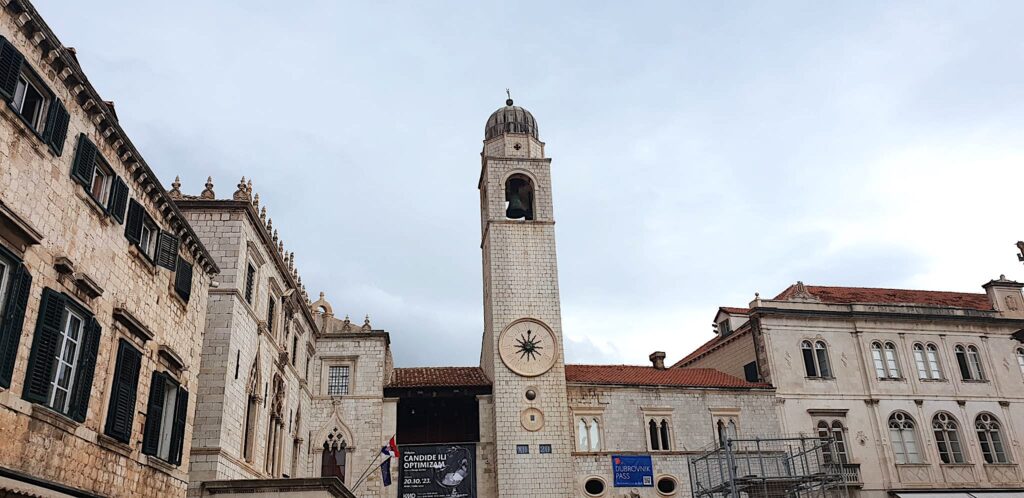
If you choose the route from Novi Sad through Višegrad and Trebinje to Dubrovnik, it will take you at least 10 hours by car. You’ll cross borders first with Bosnia and Herzegovina, and then with Croatia, now a member of the EU. Although this journey is long and demanding, it provides an opportunity to see the famous Drina River bridge celebrated by the only Yugoslav Nobel laureate, as well as the monument in Tjentište dedicated to the renowned battle from the time of the People’s Liberation War.

The renovated Bridge over the Drina serves as a tangible connection to the fictional world created by the renowned author. As you traverse its length, memories of Fata Avdagina, Lotika, and other characters from Andrić’s masterpiece may come to life.
However, the surroundings near this literary landmark carry a somber and worn-out ambiance. All except for Andrićgrad, a space whose aesthetics oddly resemble a shopping outlet. Here, amidst the peculiar atmosphere, you’ll find that food and drinks are surprisingly more affordable than in Serbia.
Continuing your journey, Tjentište and the Sutjeska National Park unfold before you. Sadly, the impact of the last war in Bosnia and Herzegovina (1992–1995) is evident, particularly in the demolition of the Memorial House of the Battle of Sutjeska. This architectural marvel, designed by Krsto Hegedušić, once housed a youth center, a hotel, and more. Amidst the ruins, a solitary survivor emerges — the creation of sculptor Miodrag Živković. A monumental masterpiece of socialist memorial art seamlessly integrated into the natural landscape, it consists of two symmetrical stone monoliths – two symbolic concrete wings, framing a space that once served as a passage for fighters and columns in motion.
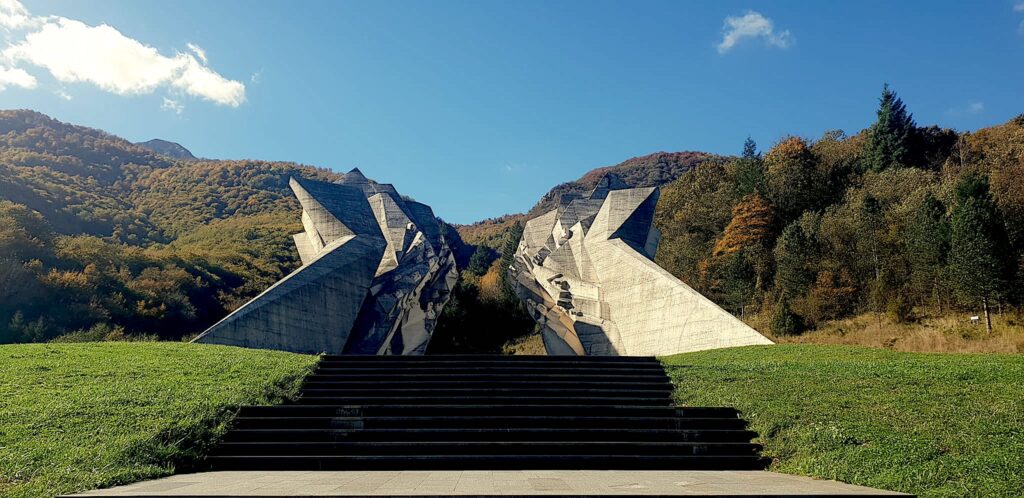
All those dilapidated objects from the time of the former Yugoslavia, near the restored monument, bear witness to our culture of remembrance. Newly built structures, despite their natural and cultural-historical context, have no ideological or symbolic connection. The entire journey, despite the truly fascinating nature, reflects where wars and the dissolution of the SFRY have brought us. You pass by ruined factories, newly built or renovated religious structures, encounter impoverished local populations, drive on poor roads, and see traffic signs sprayed with paint, helping you discern whether you are in the Republic of Srpska or the Federation.
Even on the polished and restored Stradun, you are aware of the not-so-distant past. At the entrance to the Old Town, a sign marks all the damaged roofs, burned structures, and pavements of Stradun destroyed by the „Yugoslav Army of Serbs and Montenegrins during 1991/92.“ In the Sponza Palace, there is a Memorial Room dedicated to the fallen defenders of Dubrovnik.

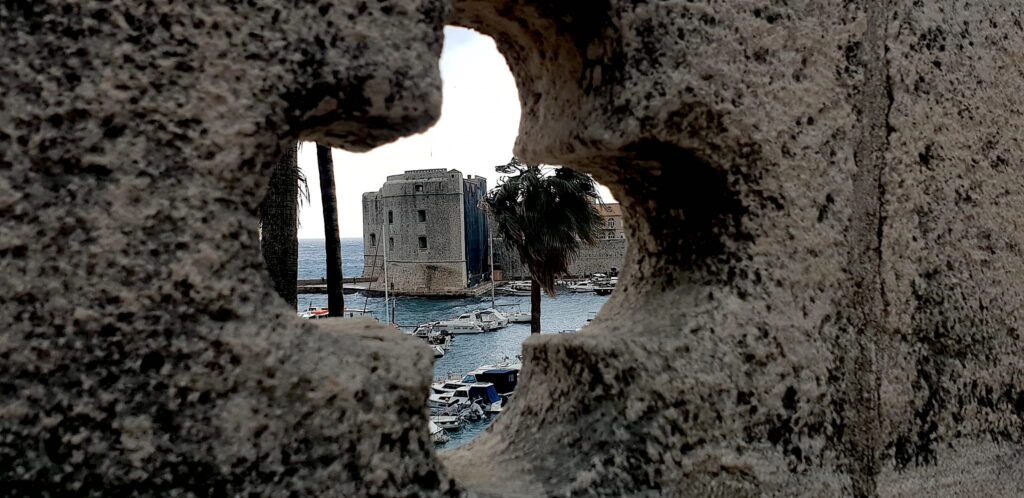
Despite everything, the moments as you approach Dubrovnik are still fascinating. First, you catch sight of the Adriatic Sea, then the walls of the old city, and finally, you step onto Stradun, restored and fresh. You see the City Bell Tower with the clock, the Rector’s Palace, Orlando’s Column, the Onofrio Fountain, the Marin Držić Theatre, his statue…, you sit in the City Cafe, and stroll through the cobblestone streets.



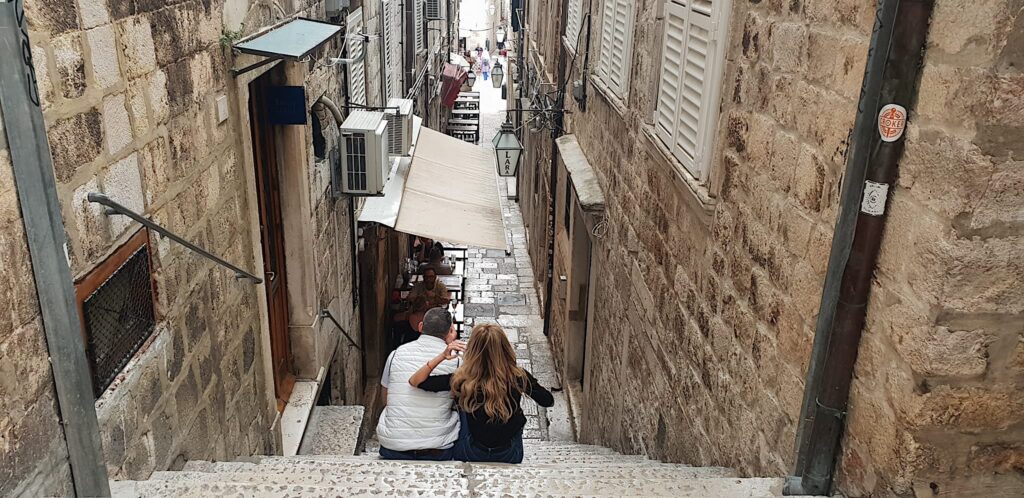

And, of course, regardless of the season, you encounter many tourists. As expected, globalization has touched Dubrovnik too. While it might be easier to find a good barbecue and burgers than, for example, Adriatic squid; simpler to choose a souvenir with motifs from Game of Thrones and Star Wars than to find a memento that recalls Dubrovnik of Ivo Vojnović or Marin Držić. Yet, just gazing at that polished stone against the backdrop of the Adriatic Sea is enough to evoke a sense of satisfaction.
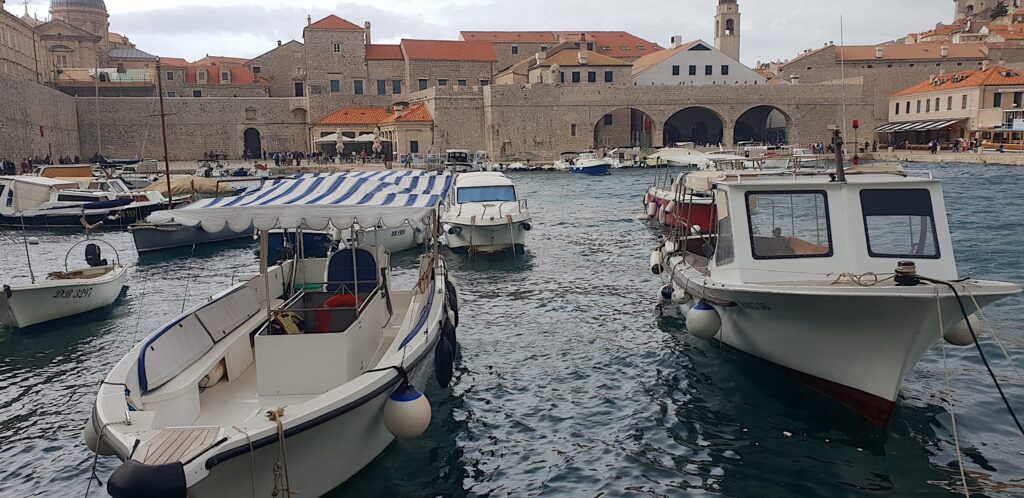

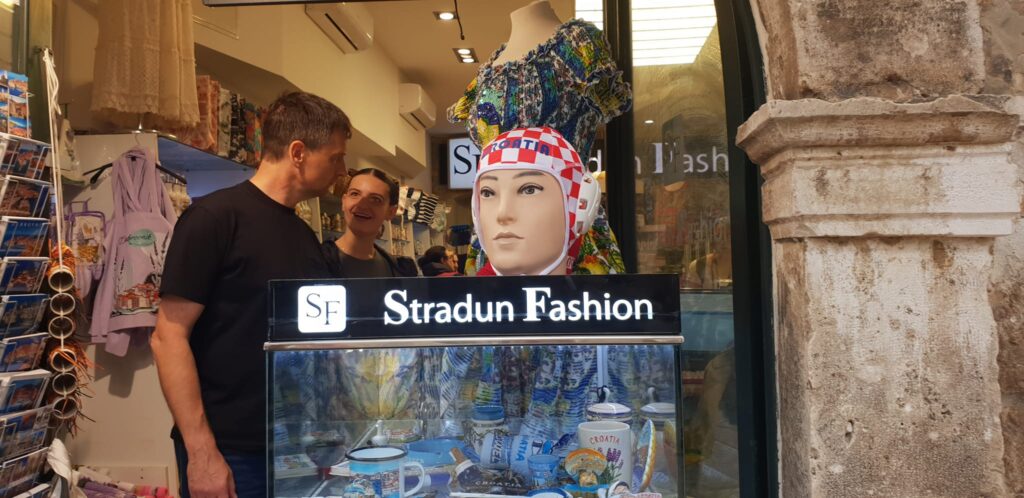

Those who appreciate Dubrovnik’s literature won’t miss visiting the Marin Držić House ― a museum and memorial dedicated to the greatest Dubrovnik writer. Those interested in contemporary art will make a stop at Dubrovnik galleries Lazareti and Flora, as well as the Art Gallery Dubrovnik, which, in late October, featured an exhibition by Croatian photographer Boris Cvjetanović (Boris Cvjetanović: Summer 1985―1997) and a Warhol exhibition from the collection of the Museum of Modern Art in Medzilaborac (ANDY WARHOL: I AM FROM NOWHERE).

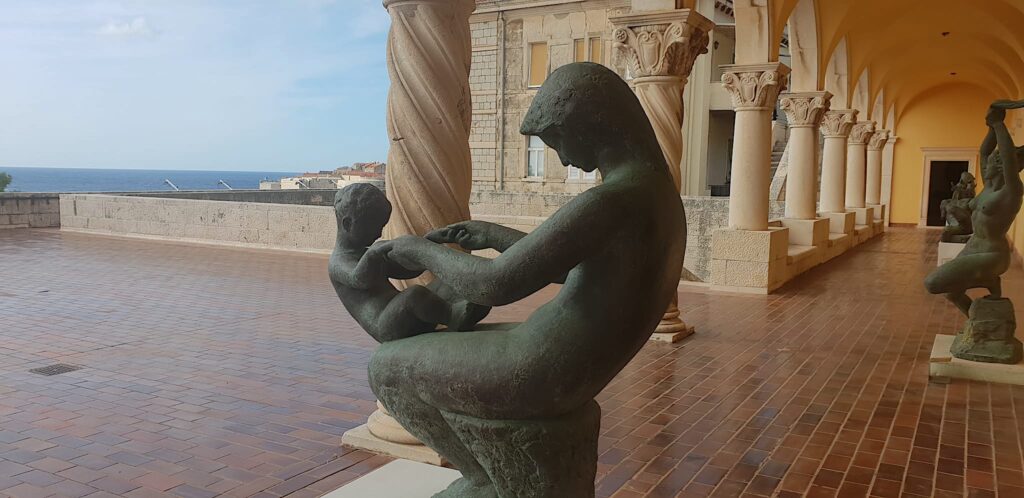
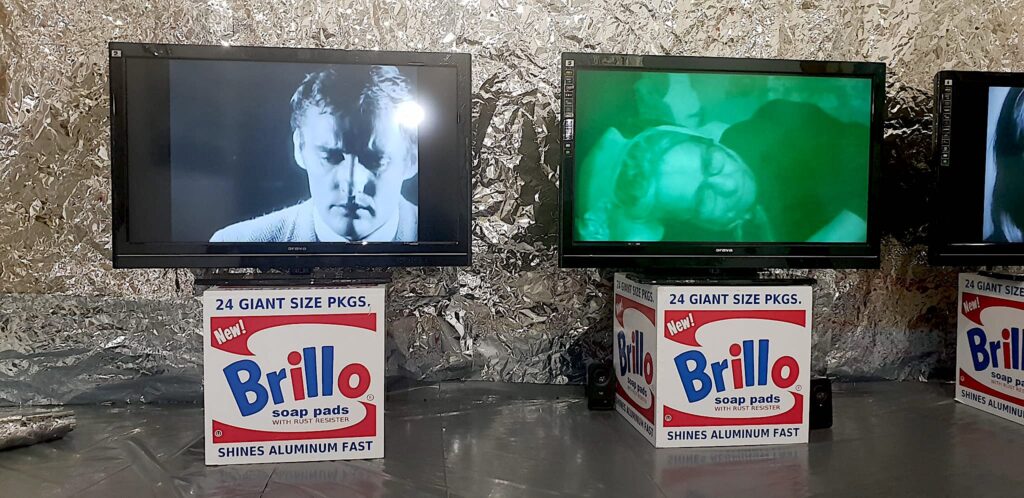


After these few days spent in Dubrovnik, the return journey by car awaits ― the anticipation of Tjentište and the bridge over the Drina, with the desire to quickly reach Čačak and the highway to Belgrade and Novi Sad. There, at a gas station, you might end up paying more for a takeaway cappuccino than the one you enjoyed at a café on Dubrovnik’s Stradun.

Leave a Reply